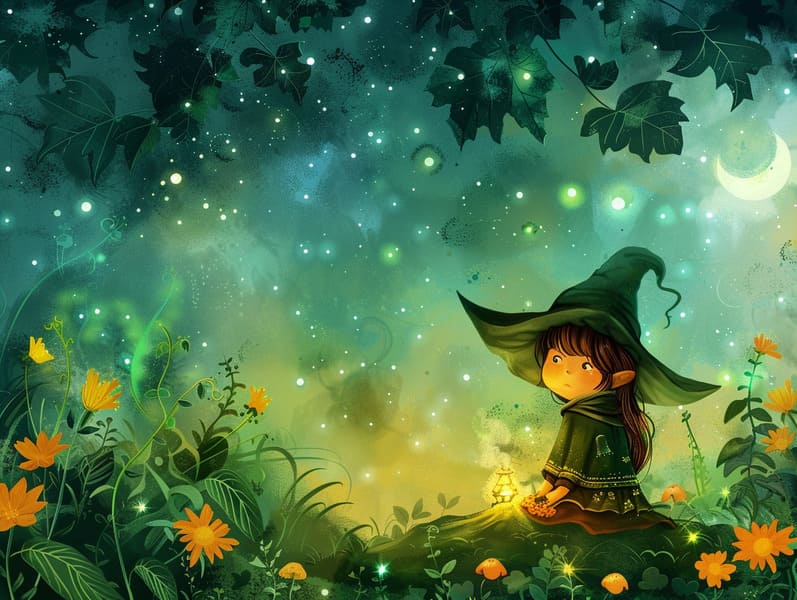Delving into the Background of Best Fairy Tales with the Steadfast Spell.
Delving into the Background of Best Fairy Tales with the Steadfast Spell.
Blog Article

Traditional fairy tales have timeless appeal. These stories have been told from one generation to the next long before they were ever documented. They were born from a variety of traditions, including Indigenous traditions. They were initially conveyed among older generations, often carrying themes and messages aligned with the societal norms and beliefs of the time.
The renowned Brothers Grimm, Jacob and Wilhelm Grimm, were among the first to compile and release many of these beloved stories. Their published works, "Grimm's Children's Stories," included narratives like "The Little Glass Slipper," "Little Brother and Little Sister," and "Little Snow White," which have since become staples in the world of traditional fairy tales. Similarly, the Danish author's enchanting tales, such as "The Mermaid's Tale," and "The Duckling's Story," have won hearts worldwide, establishing their place in the pantheon of iconic fairy tales.
Though they are old, classic fairy tales remain as significant as ever, especially as children's night stories. These delightful tales are now available in multiple formats, including vibrantly illustrated books, magical animations, and free fairy tales online.
Their lasting presence can be ascribed to several whimsical characteristics:
Important Morals: Traditional fairy tales often provide important moral lessons. Fairy tales like "The Shepherd Boy and the Wolf" teach the benefit of truth, while "The Tale of the Tortoise and the Hare" stress the qualities of perseverance and meekness. These stories offer children clear distinctions between virtue and vice, molding their moral compass in a tender yet significant way.
Empathy and Understanding: Old fairy tales frequently include figures facing trials and tribulations, inspiring young readers to resonate with their struggles and champion their triumphs. For instance, "Beauty's Beast" teaches us the merit of seeing inner beauty to recognize the true character of a being, fostering perception and discernment.
Cultural Perception: Many timeless fairy tales are interwoven with the cultural contexts from which they bloomed. Learning from these tales can provide enlightening views into different ways of life, nurturing a sense of cultural awareness and appreciation.
Fantasy and Innovation: The magical elements in classic fairy tales—magical kingdoms—provoke children’s dreaming abilities. These fairy tales guide readers to extraordinary realms, encouraging creative ideas and a sense of wonder that endures a lifetime.
Traditional fairy tales are not only spellbinding but also educational. They act as enchanted tools in enhancing various mind and heart abilities in little ones. When traditional fairy tales are narrated, they nurture speaking abilities by bringing new terms and meanings and complex sentence structures. This practice also strengthens hearing abilities and mindfulness, as the young focus on every detail, looking forward to see what happens next.
Furthermore, debating the themes and characters of timeless fairy tales can nurture intellectual skills and intellectual skills. The young are shown to recognize patterns, predict happenings, and grasp cause and effect. These talks also support kids speak out their thoughts and feelings, enhancing their emotional intelligence.
In today’s technological era, the existence of online fairy tales has made these tales more available than ever. Internet sites and applications share large libraries of timeless fairy tales that can be perused or listened through anytime, anywhere. Fairy tales voiced are particularly well-liked, sharing an captivating way for the young to immerse in these mesmerizing stories. Read-aloud stories and narrated videos carry characters and settings to life, often enhanced by spellbinding background sounds and music that heighten the tale-telling adventure.
The lasting appeal of classic fairy tales lies in their ability to modify to contemporary times while staying true to their central values. Contemporary revisions of these narratives often highlight more diverse figures and modern settings, making them pertinent to today’s audience. However, the basic principles of daring, charity, and fairness remain unchanged, continuing to influence children of all ages.
Timeless fairy tales also offer a sense of ease and knowability. They make accessible a well-structured narrative with a recognizable beginning, middle, and end, often wrapping up with the settlement of conflicts and the triumph of virtue over vice. This consistency can be heartening for young ones, giving a sense of steadiness in an inconstant world.
Traditional fairy tales continue to delight and train new generations, maintaining their delight and importance in modern society. As kids' bedtime tales, they extend a perfect blend of delight and instruction, furthering moral values, empathy, and creativity. The prevalence of free fairy tales online and the in demand status of fairy tales voiced assure that these classic fairy tales remain accessible to new generations.
By defending and releasing these stories, we continue to revere the rich tapestry of legends and cultural heritage. Whether you are delving into a richly illustrated book, exploring a electronic library, or listening via an spoken story, the delight of old fairy tales is always within reach. These fairy tales teach us of the everlasting presence of narratives and check here its ability to join us across generations and cultures.
No matter if you are enjoying a gorgeously illustrated book, exploring a digital library, or hearing an narrated book, the loveliness of timeless fairy tales is always within reach.
These tales demonstrate of the perpetual presence of storytelling and its ability to gather us across epochs and places, forming a connection that charms and informs alike.